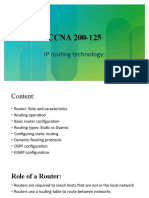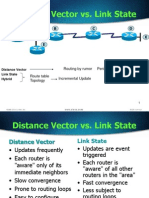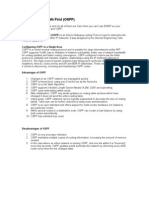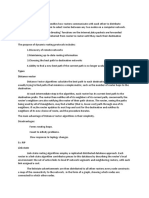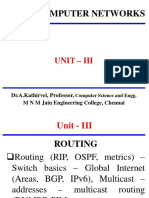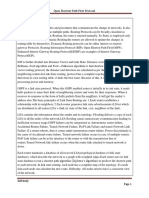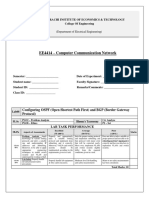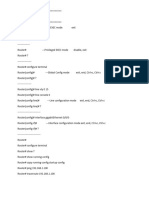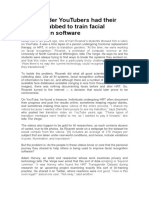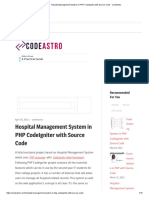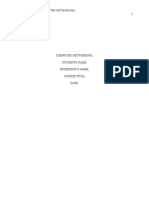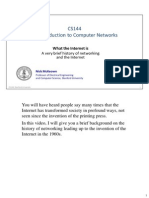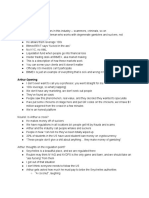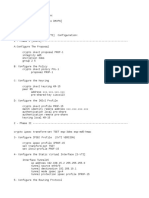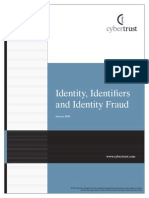0% found this document useful (0 votes)
28 views50 pagesLecture6 InternetRoutingProtocols DHCP NAT MobileIP
The document discusses internet routing protocols and provides details about RIP, OSPF, and BGP. It describes autonomous systems and routing within and between autonomous systems. Key concepts covered include interior gateway protocols, exterior gateway protocols, flooding, areas, neighbors, designated routers, and link state advertisements.
Uploaded by
Mesele BerhanuCopyright
© © All Rights Reserved
We take content rights seriously. If you suspect this is your content, claim it here.
Available Formats
Download as PPT, PDF, TXT or read online on Scribd
0% found this document useful (0 votes)
28 views50 pagesLecture6 InternetRoutingProtocols DHCP NAT MobileIP
The document discusses internet routing protocols and provides details about RIP, OSPF, and BGP. It describes autonomous systems and routing within and between autonomous systems. Key concepts covered include interior gateway protocols, exterior gateway protocols, flooding, areas, neighbors, designated routers, and link state advertisements.
Uploaded by
Mesele BerhanuCopyright
© © All Rights Reserved
We take content rights seriously. If you suspect this is your content, claim it here.
Available Formats
Download as PPT, PDF, TXT or read online on Scribd
/ 50




